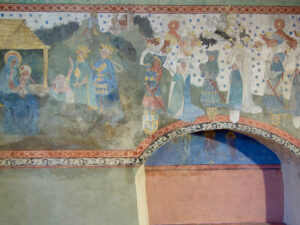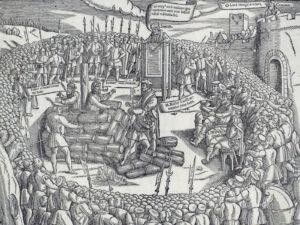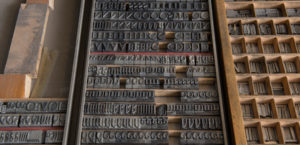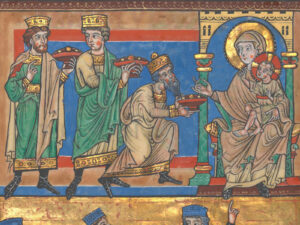
From magi to kings
The Three Kings have inspired countless customs and traditions, and no nativity scene would be complete without them. A look at the newborn baby Jesus’ three wondrous visitors and their backstory.
In the time of King Herod, after Jesus was born in Bethlehem of Judea, wise men from the East came to Jerusalem, asking: Where is he who has been born king of the Jews? For we observed his star at its rising and have come to pay him homage.
On entering the house, they saw the child with Mary his mother; and they knelt down and paid him homage. Then, opening their treasure chests, they offered him gifts of gold, frankincense and myrrh.
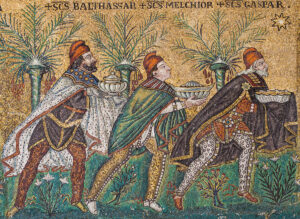
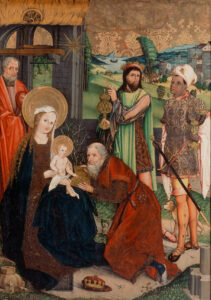
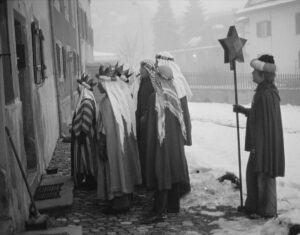
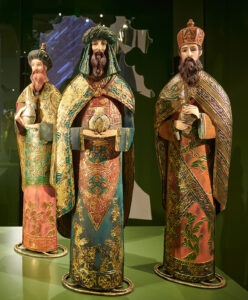
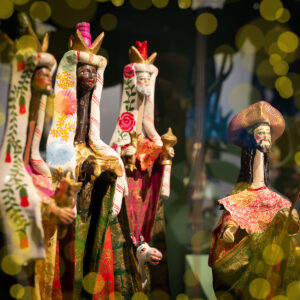
Christmas & Cribs
This year, the traditional Christmas exhibition at the National Museum Zurich will focus on the three kings, who have been a key part of nativity scenes for centuries. The three figures are not always referred to as kings, but sometimes as magi or wise men. So where are they from? And what part do they play in the Christmas story?

